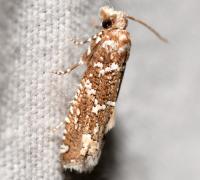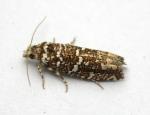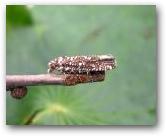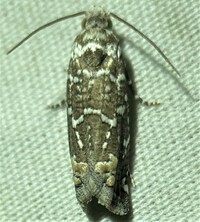
| Recorded by: R. Newman on 2025-10-18
Carteret Co.
Comment: | 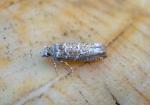
| Recorded by: R. Newman on 2025-05-06
Carteret Co.
Comment: |

| Recorded by: Dean Furbish and Joy Wiggins on 2025-05-02
Pender Co.
Comment: | 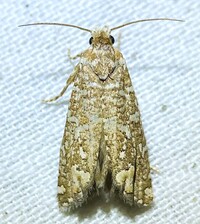
| Recorded by: Dean Furbish and Joy Wiggins on 2025-05-02
Pender Co.
Comment: |
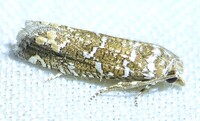
| Recorded by: Dean Furbish and Joy Wiggins on 2025-05-01
Pender Co.
Comment: | 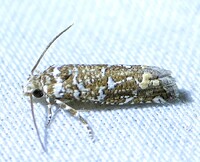
| Recorded by: Dean Furbish on 2025-04-29
Pender Co.
Comment: |
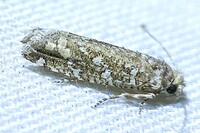
| Recorded by: Dean Furbish and Joy Wiggins on 2025-04-28
Pender Co.
Comment: | 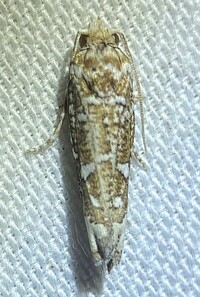
| Recorded by: Dean Furbish and Joy Wiggins on 2025-04-28
Pender Co.
Comment: |

| Recorded by: Dean Furbish and Joy Wiggins on 2025-04-27
Pender Co.
Comment: | 
| Recorded by: R. Newman on 2025-04-25
Carteret Co.
Comment: |

| Recorded by: R. Newman on 2024-11-20
Carteret Co.
Comment: | 
| Recorded by: Dean Furbish and Joy Wiggins on 2024-11-01
Pender Co.
Comment: |
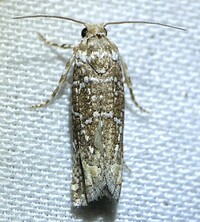
| Recorded by: Dean Furbish and Joy Wiggins on 2024-10-31
Pender Co.
Comment: | 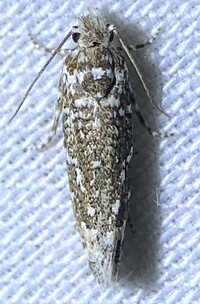
| Recorded by: Dean Furbish and Joy Wiggins on 2024-10-30
Pender Co.
Comment: |
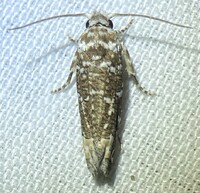
| Recorded by: Dean Furbish and Joy Wiggins on 2024-10-29
Pender Co.
Comment: | 
| Recorded by: R. Newman on 2024-08-21
Carteret Co.
Comment: |
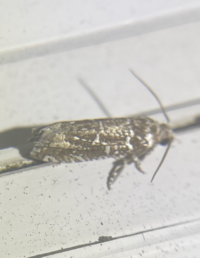
| Recorded by: Larry Chen on 2024-06-10
Dare Co.
Comment: | 
| Recorded by: Dean Furbish on 2024-05-09
Pender Co.
Comment: |
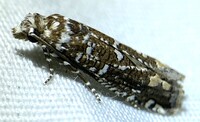
| Recorded by: Dean Furbish on 2024-05-07
Pender Co.
Comment: | 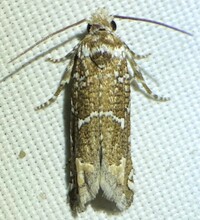
| Recorded by: Dean Furbish on 2024-05-05
Pender Co.
Comment: |
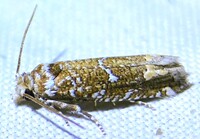
| Recorded by: Dean Furbish on 2024-05-05
Pender Co.
Comment: | 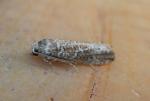
| Recorded by: R. Newman on 2023-11-08
Carteret Co.
Comment: |

| Recorded by: Dean Furbish and Joy Wiggins on 2023-10-27
Pender Co.
Comment: | 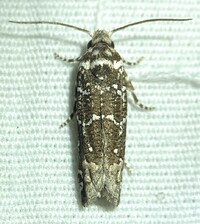
| Recorded by: Dean Furbish on 2023-10-26
Pender Co.
Comment: |

| Recorded by: R. Newman on 2023-10-25
Carteret Co.
Comment: | 
| Recorded by: Dean Furbish and Joy Wiggins on 2023-10-24
Pender Co.
Comment: |
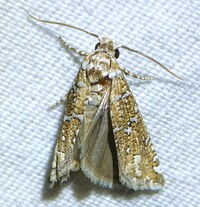
| Recorded by: Dean Furbish and Joy Wiggins on 2023-10-24
Pender Co.
Comment: | 
| Recorded by: R. Newman on 2023-07-27
Carteret Co.
Comment: |
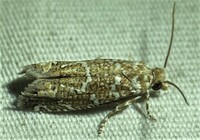
| Recorded by: Dean Furbish on 2023-05-06
Pender Co.
Comment: | 
| Recorded by: Dean Furbish on 2023-05-05
Pender Co.
Comment: |
|

 »
»